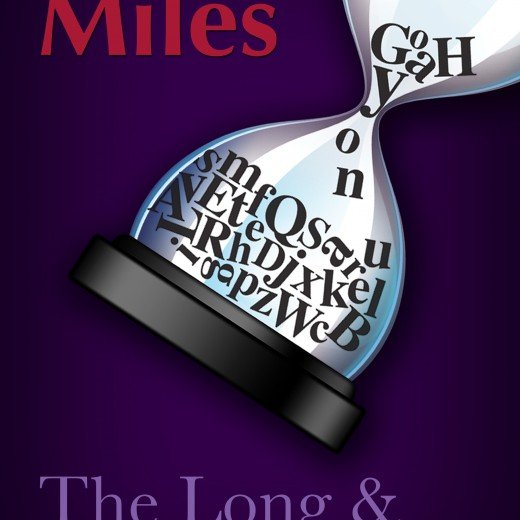Using Fiction to Teach a Lesson by Connie Dunn
 Join me in welcoming Author Connie Dunn as she stops by Writer’s Fun Zone today to show us how using fiction can teach a lesson. Enjoy!
Join me in welcoming Author Connie Dunn as she stops by Writer’s Fun Zone today to show us how using fiction can teach a lesson. Enjoy!
***
We all know how to use non-fiction as a means to teach; however, teaching through fiction writing can be just as effective or better. The lessons that we teach can be explicit or implicit; each are good ways to leverage fiction into a teaching modality.
Naturally, not every fiction writer wants to teach something through their writing, nor does every piece you write have to teach. Obviously, there are stories that simply entertain. Sometimes, however, there are lessons to be learned that are not the focus of the story, these are implicit teachings.
Stories Are Powerful Tools
A story is one of the most powerful tools that people who teach both in schools and business have come to understand, because story has an entertainment factor that makes it stick in our brains. The story needs to be compelling for it to get the most power out of it, of course. And the object of writing fiction is to be captivating or fascinating in some way. We actually all know stories that teach, because we all have likely heard a folk tale or two as we grow up.
Did you think all folk tales were simply fun stories passed down through the generations? The story of Little Red Riding Hood, who meets the big bad wolf in the woods, is all about “stranger danger!”
Short stories or novel-length stories can teach; we can use a host of ideas to weave through our stories, such as manners, morality, spirituality, sexuality, bullying, abuse, alcoholism, drug addiction, good character, ecology, global warming, and the list can just go on and on. Ministers often make use of stories within their sermons. People often don’t remember the entire sermon, but more frequently do remember the story within the sermon, which is why stories help us teach.
Intentional about Teaching
If you are intentional about teaching through your stories, you might tackle your story in a different manner. For example, creating a statement about what you plan to teach will help identify the lesson and keep you focused. For example, if you want to write a story about bullying, you might write: Bullying destroys the victim by consistently humiliating him or her. This statement clearly defines the goal and teaching point for the story.
Your Conflict or Problem needs to be related to your statement, but it doesn’t have to be the statement itself. In the case of bullying, you don’t have to be so explicit as to make the conflict an act of bullying. There are many other conflicts you could choose that would be connected. For example, a conflict could erupt between the victim and a sibling or friend as a result of the victim’s stress, which offers the conflict, but is not the actual theme of the story.
Weaving Your Lesson into the Fabric of Your Story
The fabric of your story is much like actual fabric, which can be shaped into many things, such as dresses, pants, shirts or curtains. We weave the lesson into the story as if we were weaving threads into the fabric itself. Whether the story is short like a short story or long like a novel, the major difference is in the amount of details and the slowness that you are afforded in a novel-length story.
While the elements of your story come more quickly in a short story or children’s story, the lesson within the story is basically the same. It is easier to see the need to teach in children’s literature, but you shouldn’t discount adult fiction as a medium for teaching. Implicit or explicit lessons are both effective.
Being Relative to Age Group
The lesson that you are teaching needs to be relative to the particular age group for which you are writing. For example, using a lesson on dating in a children’s story meant for kindergarten and first grade, would have no meaning for the children, because they aren’t old enough to date or think about dating. In a YA story, dating and love are great lessons, because tweens and teens are curious about the topics, even if they are not yet old enough to date.
Gender often matters to the reader, because boys are not as likely to read a story where the protagonist is a girl. On the other hand, girls will read stories where the protagonist is a boy, even though they may prefer to read stories where the girl is the protagonist. You can write stories that utilize a duo protagonist of a boy and a girl. This actually works best with longer manuscripts, such as a novel, because there isn’t a lot of room in a short story or children’s story for two protagonists. The novel-length story gives more room to develop characters, plot and lesson.
Characters Matter
Creating interesting and believable characters are an essential part of any story. However, with a story that is intended to teach, if the characters are not believable or not characters for whom the reader can identify, your lesson will likely go unread. Thus, you have not met the goal of the lesson.
We can also learn implicit lessons from the way characters handle themselves and the obstacles that present inside a story. Actions often speak louder than words, especially when we are teaching about certain behaviors. When the protagonist models the good actions for which we are teaching, the lesson is learned quickly.
***
For a FREE gift, parents can register for a Parent’s Guide: 10 Tips for Parents on Talking about Gender Identity to Your Children at http://whenpandawasaboy.publishwithconnie.com.
***
Connie Dunn is a writer, speaker, and book coach. She is the author of When Panda Was a Boy: A Collection of Stories on Gender Identity for K-8. One of the motivations for writing this book came from hearing a group of gay, lesbian, bisexual, trans (transgender, transsexual, and gender neutral) teens talk about being thrown out of their families because of gender identity. Connie’s other books include a new $.99 kindle series for fiction writers, entitled “Creating Magic.” You can find more about her books and work with writers at PublishWithConnie.com.








Thanks for stopping by, Connie!
Thank you, Beth, for allowing me to guest blog on your site!